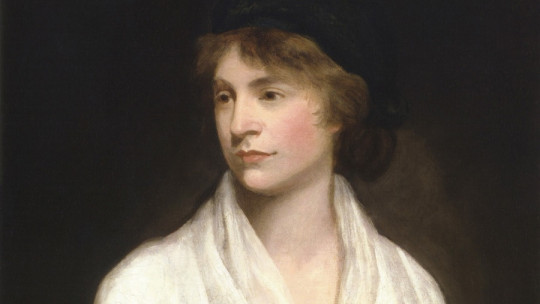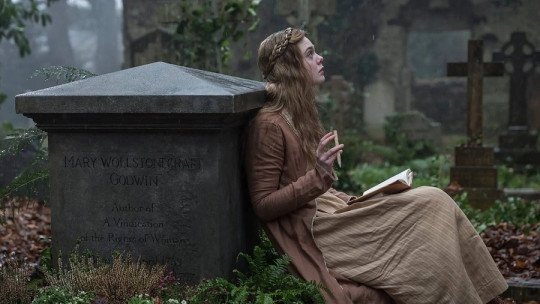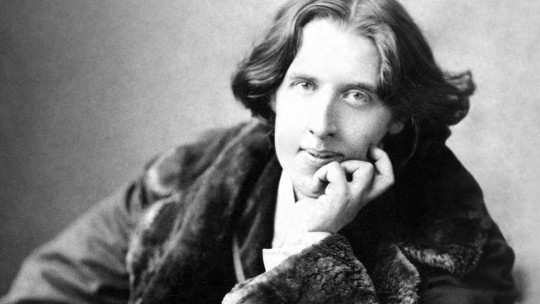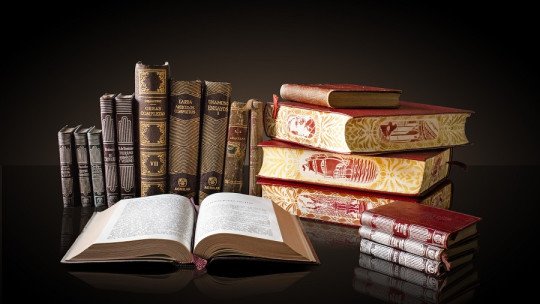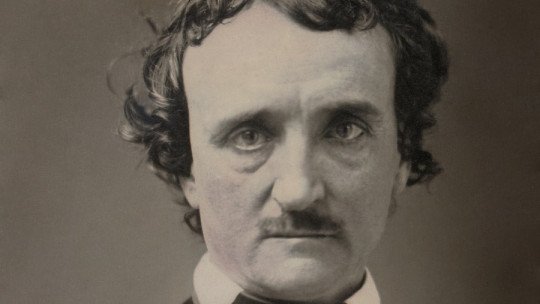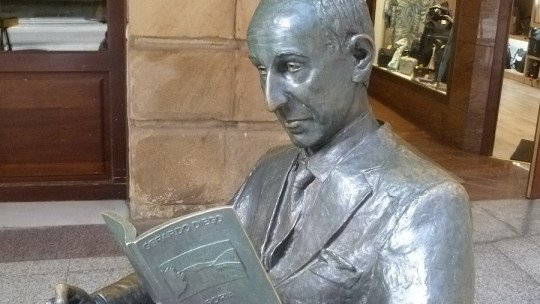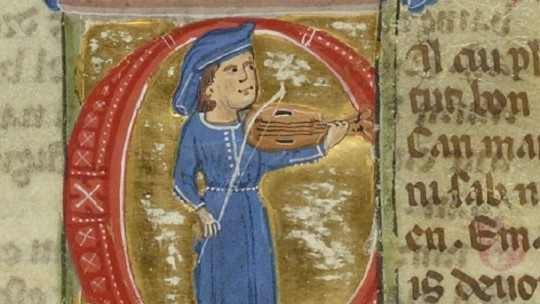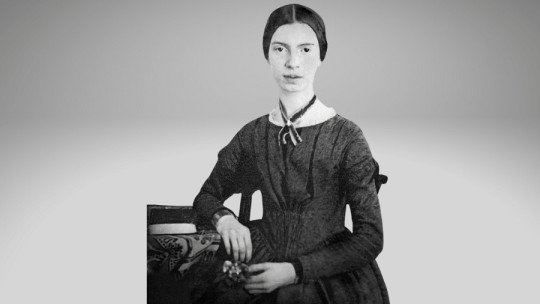
Women have always written. This is nothing new. And the fact that his work has often been silenced or tried to be silenced is not the case either. If we think about it, the names of Mary Shelley, Jane Austen or Emilia Pardo Bazán, among many others, probably come to mind. But literature not only has great novelists, it is also full of women who made poetry their true vocation. Some managed to make a living from it; others, however, were not so lucky.
In today’s article we bring you a list of 7 of the most important poets in history: from ancient Greece and the immortal work of Sappho of Lesbos, to Anna Akhmatova, the great Russian poet who challenged Stalin himself with her work. Don’t miss this interesting tour of some of the most relevant women in the history of poetry.
7 important poets in history
Next, we propose 7 women who cultivated the art of poetry. There are many more, of course; For our selection, we have considered several historical periods and several countries, so that the list was as complete as possible. We hope you enjoy it.
1. Sappho of Lesbos (ca. 650/610 BC – 580 BC)
Named “the tenth muse” by Plato, little or almost nothing is known about this woman, who had a profound influence on ancient Greek poetry. In fact, the scant biographical data on her have been taken from her poetic work and are therefore dubious and confusing.
Sappho’s work revolves around love, passion and jealousy, and that is why the figure of Aphrodite usually appears in her poems The only poem of his preserved in complete form, called precisely Hymn in honor of Aphroditeis a request to the goddess to favor the poetess in her love request.
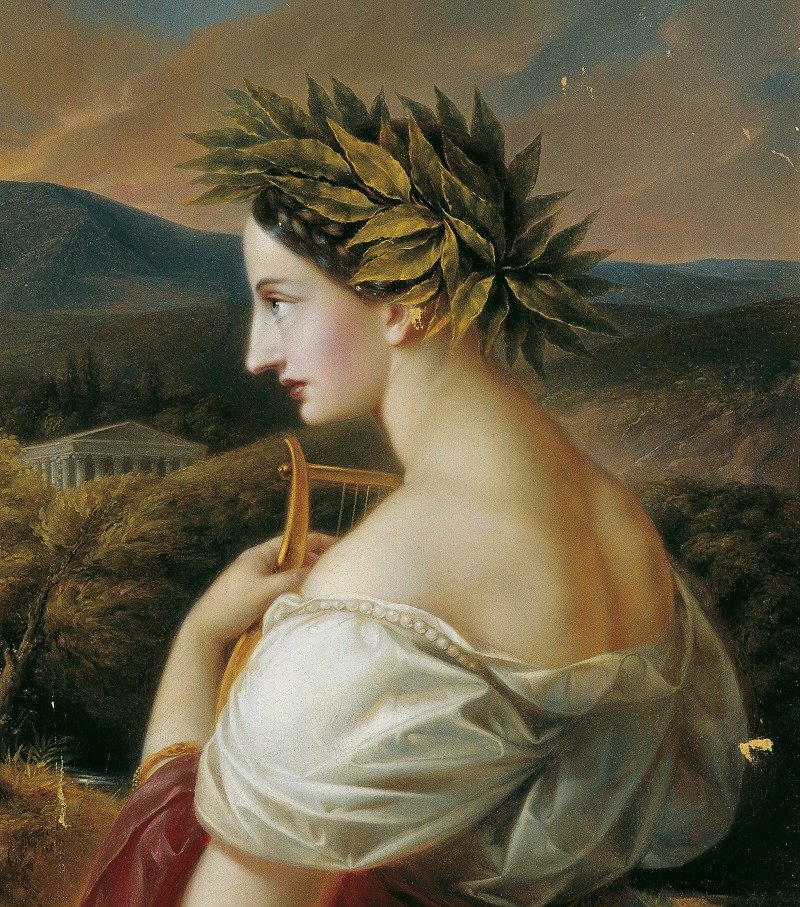
By the way, in reference to Sappho’s sexual preferences, it has been said that she was a lesbian (in fact, the word comes from her island of origin, Lesbos). Currently, some scholars believe (among them, Margaret Reynolds) that the recipients of the poet’s love could have been both women and men, which would coincide with the broad love culture of Classical Greece.
2. Mary of France (12th and 13th centuries)
The 12th century was the century of the troubadours par excellence. And, contrary to what is usually thought, not only men dedicated themselves to poetry. It is normal to think this if we stick to a context in which women were established as literary inspiration, but in which they are rarely perceived as an active character in this artistic creation.
But there were also troubadour poets, those known as trobairitz, whose greatest example is found in the enigmatic figure of María de Francia, who wrote her work between the 12th and 13th centuries. We say “enigmatic” because we do not know who is hiding behind such a generic name. High-ranking candidates have been nominated, among them María, daughter of Eleanor of Aquitaine. But they are only assumptions; The true identity of María la trobairitz remains a mystery In any case, its beautiful laiswritten in the Anglo-Norman language, are dedicated to courtly love, the vehicle of artistic expression par excellence at the time.
3. Sor Juana Inés de la Cruz (1648-1695)
Without a doubt, one of the greatest poetic voices of the Hispanic Baroque. Born in Mexico as the natural daughter of a Creole lady and a Spanish captain, Juana Inés de Asbaje y Ramírez de Santillana (that was her name), she soon manifested a voracious curiosity towards literature and knowledge in general. As she herself confesses in her famous Response to Sister Filotea (the response to a letter that a nun addressed to her and that, in reality, was written by a man), she gave herself to religious life because it was the only “honorable” way to escape marriage, for which she felt a special rejection.
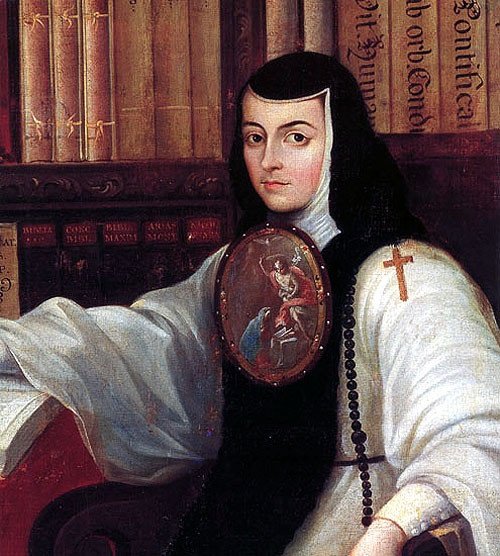
And it is that Juana was clear that, if she married, her intellectual opportunities would decline considerably Thus, he first entered the convent of the Discalced Carmelites, from which he had to leave due to the harshness of the order’s life and his own health problems. Later she professed her vows in the convent of San Jerónimo, where, confined in her cell (where, by the way, she received intellectuals and great figures of the time) she gave birth to her magnificent work, not only poetic, but also theatrical and musical. She died in 1695, during the cholera epidemic that devastated Mexico City.
4. Phillis Wheatley (1753-1784)
Phillis Wheatley’s name has gone down in history for being the first African-American woman to publish. And that, living in the misogynistic and racist society to which she belonged, is a very important milestone. Ella Phillis was born in Africa, probably in Senegal, but she was kidnapped when she was just a few years old and taken to Boston to be sold as a slave. She was bought by the Wheatleys, who fortunately took a liking to the girl and gave her a careful education.
The result was that Phillis soon began writing poetry, and managed to publish some of his verses in local newspapers. However, at the age of nineteen he suffered the most humiliating test of his life: She was forced to pass the “examination” of a court that intended to “make sure” that she was not lying and that, really, the verses were hers
As Phillis demonstrated not only his authorship, but his fine intelligence and vast culture, he was able to continue his literary career. He managed to publish a book of poems, the famous Poems on various topics, religious and moral, which was published in 1773 in England. However, its end was very tragic; He died free, but in absolute poverty.
5. Emily Dickinson (1830-1886)
The great voice of North American poetry was undoubtedly Emily Dickinson (on the cover), with permission from the other great master, Walt Whitman (1819-1892). When the poet died in 1886, her sister Lavinia found in her room the almost 2,000 poems that Emily had written, but had never published Composed in the solitude of his bedroom, where he especially secluded himself at the end of his life, they constitute an astonishing poetic legacy of refined intimacy.
This does not mean that Emily composed her work in secret. In reality, those closest to her knew about her poetic activity (some of her verses were published in local newspapers, it is not known if with her consent, and always anonymously), but what they did not know was the magnitude of such construction site. Lavinia became her sister’s first editor, as she collected and edited her poems after Emily’s death. Thus, a poetry that had been constrained to a familiar and friendly environment (Emily sent her poems to friends and intellectuals she trusted) was exposed to the eyes of the world, and one of the greatest poets in history took its place. that he deserved in literature. We don’t know if this would have pleased Emily, by the way, she was always very jealous of her privacy.
6. Carolina Coronado (1821-1911)
The illustrious poet from Almendralejo was born just when freedoms returned to Spain following the uprising of Rafael del Riego. However, a little later, with the fall of the Liberal Triennium and the return of the absolutist monarchy of Fernando VII, Carolina’s father, a liberal sympathizer, was imprisoned.
Personal and political ups and downs do not prevent a very young Carolina, only ten years old, from writing her first poem seed of what will be a very important work.
his poem to the palmpublished in 1843 in the magazine The pilot and praised by a countryman from Almendralejo, the great poet José de Espronceda, represents the starting point of his fame. Fame that, by the way, will be increased with the hoax that spread throughout Madrid about his death in 1844; a death that, of course, was not real, since the famous poetess died in 1911, at the age of ninety.
During her long existence, Carolina Coronado was the author of several collections of poems, and she limited herself to the female lyrical sisterhood, chaired by another tireless writer, Gertrudis Gómez de Avellaneda (1814-1873). This brotherhood claimed the social and cultural rights of women who, little by little, began to claim their place.
7. Anna Akhmatova (1889-1966)
Possibly the best poetess of Russian literature of the Silver Age, Akhmatova is a benchmark of poetry from the first decades of the 20th century Specifically, of the so-called “acmeist” current, championed by her, in addition to her, by her husband Nikolai Gumiliov (1886-1921) and Osip Mandelstam (1891-1938). He acmeismwhose name comes from the Greek acmé, “heyday,” was a protest against the symbolism prevailing in the 1910s.
Anna Akhmatova’s life was marked by Stalinist repression. Her first husband was murdered in 1921, and her son Lev was deported to Siberia. She herself suffered the painful deportation until 1944, the year in which she managed to return to Leningrad with Lev. In those years, the poet is immersed in what will be her most famous work, Requiema colossal monument in honor of all the victims of the repression of Stalin’s dictatorship.

